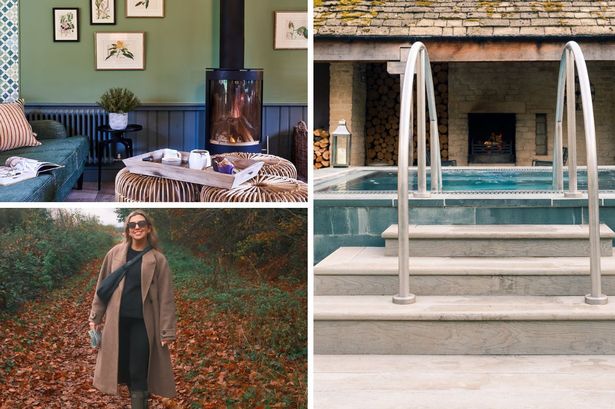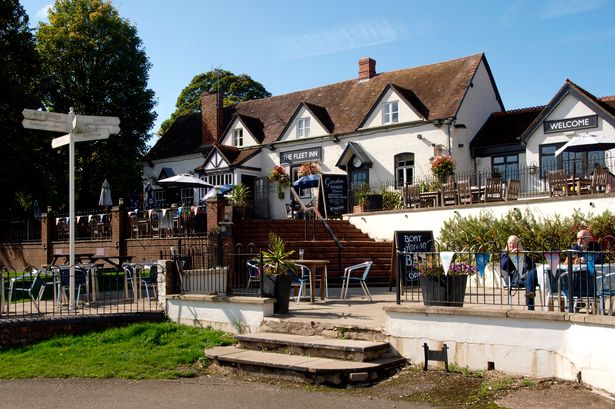Looking for the perfect cosy UK countryside getaway this winter? This charming Cotswolds hotel ticks all the boxes, we discovered
Visit Calcot & Spa around this time of year and the first thing you’ll notice upon pulling up is the fragrant smell of log fires. Just outside the honey-coloured town of Tetbury – the Cotswolds’ second largest, and where you’ll find Highgrove House, the private home of King Charles and Queen Camilla – Calcot is the ultimate countryside retreat.
The main house was built in the 17th and 18th century, but records show that one barn dates back to 1311, with dwellings here even as far back as Roman times. Now it’s a luxury spa hotel filled with cosy corners and a keen focus on sustainability; they burn logs made from coffee grounds and old newspapers, a tree is planted every time towels are reused, and they’ve eliminated single-use plastics.
Rooms are comfy and spacious – the tray of complimentary drinks and snacks is a nice touch (including the butteriest homemade shortbread), and I had one of the best night’s sleep in ages in the giant squishy bed.
Dinner can be taken in the elegant Brasserie restaurant (be sure to save room for one of the delicious desserts) or in The Hive, a pub-like space serving more casual bites, and which is better for kids.
In fact, the whole hotel is incredibly family-friendly, while still being a relaxing retreat for those travelling without children (a tricky balance to get right). There are dedicated hours for families in the pool and at The Hive, baby monitors are available to hire, and kids get four hours of free childcare in the nanny-run Playbarn when staying between Sunday and Thursday.
The spa at Calcot
A huge barn-style building a few steps from the main building, Calcot Spa features a light and airy café, indoor pool for lengths, sauna, steam room and snooze-inducing relaxation rooms.
The highlight, however, is undoubtedly the outdoor hydropool by yet another aromatic log fire, which somehow never feels overcrowded. Try to pay it a visit at the end of the day (the spa’s open until 9pm), as it becomes even more magical in the dark.
Top treatment at Calcot & Spa
Six months pregnant at the time, I went for the spa’s New Life New Mum Massage, which started with a back massage lying on each side (I appreciated the long sausage-shaped pregnancy pillow to hug), before turning over onto my back to work on my feet, legs and arms. While the lower back needs to be treated gently when pregnant, I was thrilled to still feel the knots in my neck being expertly loosened. The combination of vanilla-y scent of macadamia nut oil and my therapist’s soothing voice had me nearly nodding off.
What else is there to do at Calcot & Spa?
Calcot is, quite rightly, very proud of its rewilding programme across its 220-acre grounds, which includes wildflower meadows, beehives and a herd of fluffy Belted Galloway cows to graze the fields. Explore it all on the 3km nature trail; comfy Le Chameau wellies are available to borrow by the back door if it’s muddy underfoot.
How much does it cost to stay at Calcot & Spa?
Rooms at Calcot & Spa start from £344 per night.





